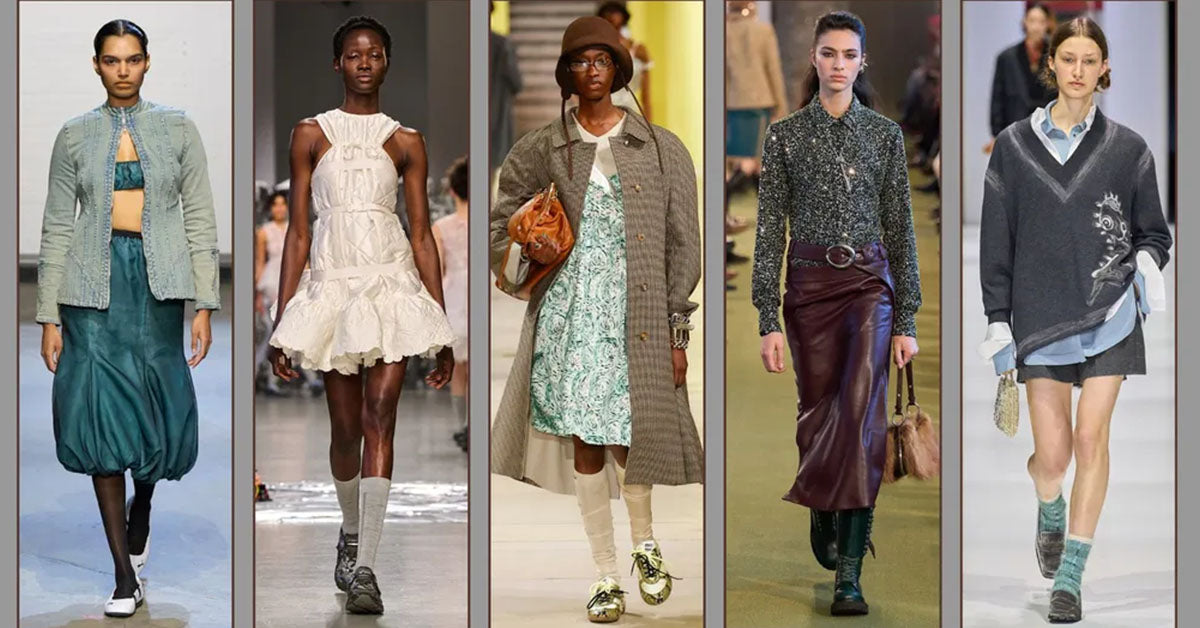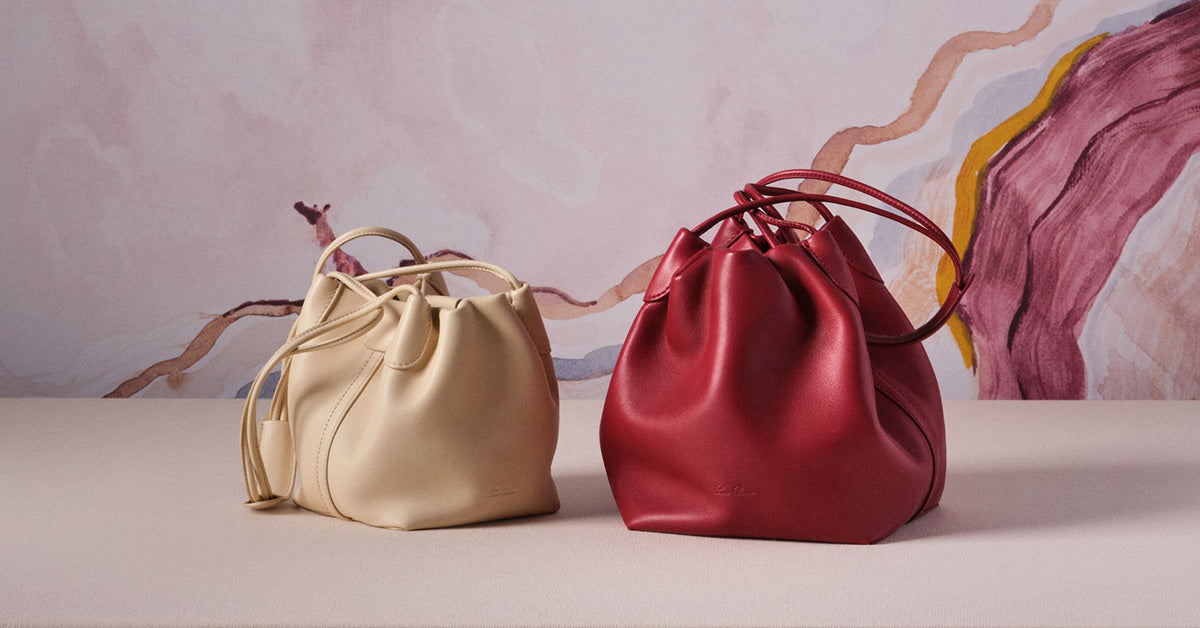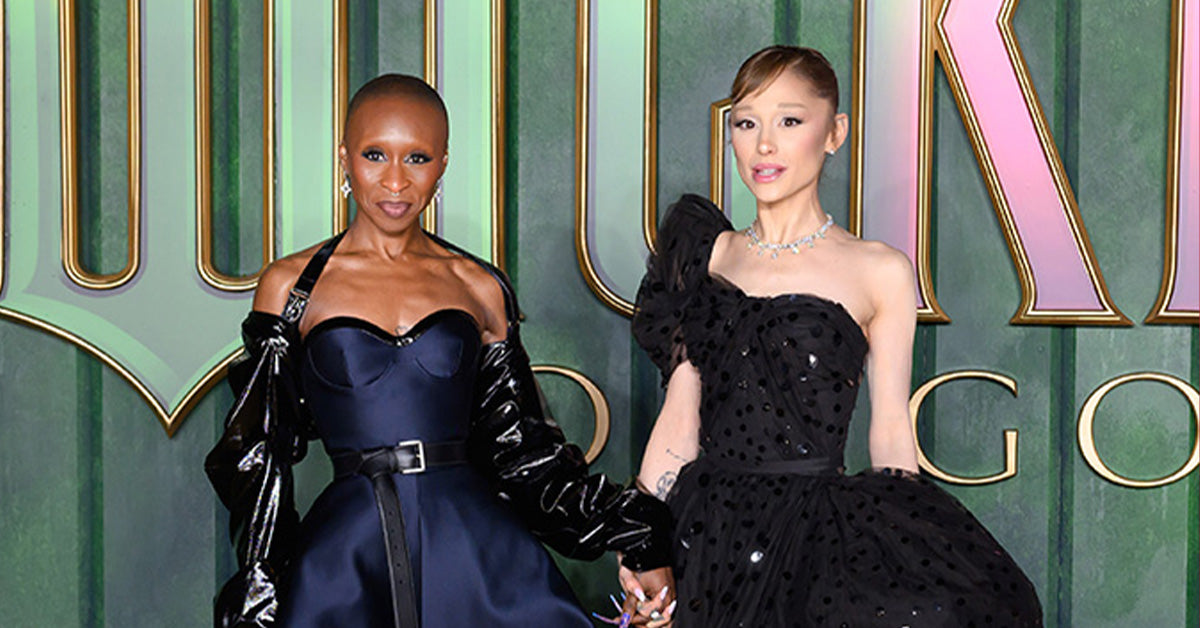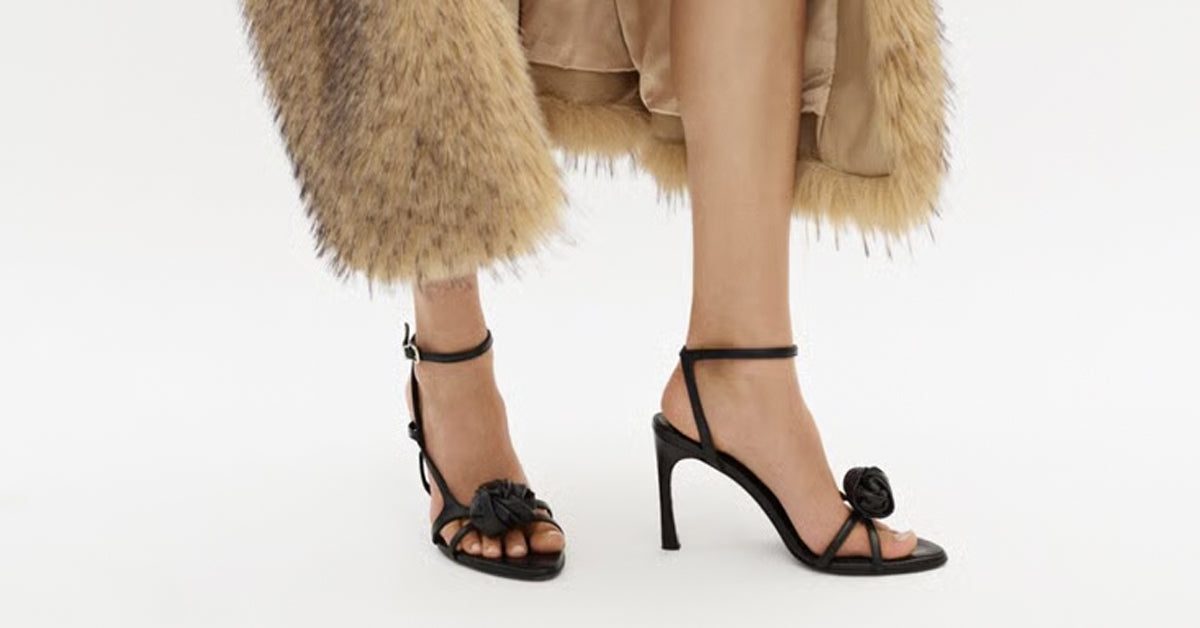Explore with AI & Follow Us
The longyi is much more than a piece of cloth—it is a symbol of tradition, adaptability, and cultural identity in Southeast Asia, particularly in Myanmar (formerly Burma). While its simple silhouette might suggest modesty, the longyi’s story is rich and complex, woven through centuries of history, social change, and everyday life. In this editorial, we dive deep into the fashion term longyi, exploring its origins, significance, and enduring appeal in the modern world.
Understanding the Longyi: Definition and Basics
A longyi is a sheet of cylindrical cloth, approximately two meters in length and about 80 centimeters wide, worn around the waist and extending to the feet. It is a unisex garment, prevalent in Myanmar but also found in neighboring countries like Bangladesh (where it is known as the lungi), India, and Thailand. The longyi is secured by tucking, folding, or knotting at the waist, requiring no zippers or buttons.
- Men’s Longyi (Paso): Characterized by darker colors and simple patterns, often plaid or checked.
- Women’s Longyi (Htamein): Features brighter hues, floral prints, and is usually paired with a matching blouse.
The beauty of the longyi lies in its versatility—it can be everyday wear, formal attire, or even a garment for ceremonial occasions.
The Origins and History of the Longyi
The origins of the longyi can be traced back centuries, with influences from South Asian and Southeast Asian clothing traditions. Originally, the garment evolved from the Indian dhoti and the Southeast Asian sarong. Over time, the longyi became uniquely Burmese, adapting to the climate, culture, and aesthetics of Myanmar.
During the British colonial era (19th-20th centuries), the longyi became the dominant form of dress for all genders, replacing the traditional Burmese trousers known as taungshay paso. The garment’s simplicity, comfort, and suitability for the tropical climate contributed to its widespread adoption.
How is a Longyi Worn?
Wearing a longyi is both an art and a daily ritual. The process is simple but requires a bit of practice:
- Step into the tube-shaped cloth and pull it up to your waist.
- Gather the fabric at the front and fold it neatly.
- For men, the ends are twisted and tucked into the waistband at the center front.
- For women, the fabric is folded to one side and tucked at the hip, creating smooth, elegant lines.
The lack of fasteners means a well-tied longyi stays secure throughout the day. Over time, wearers develop their own techniques for maximum comfort and style.
Cultural Significance and Social Symbolism
The longyi is more than just clothing—it is a cultural icon. It is worn by people of all ages, classes, and backgrounds in Myanmar, from school children to business professionals, monks to farmers. The garment is a point of national pride and a visible marker of Myanmar identity, especially in the face of globalization.
Traditionally, longyi patterns and colors can signify social status, ethnicity, or region. For example:
- Special textiles and embroidery are reserved for ceremonial or festive occasions.
- Some patterns are unique to certain ethnic groups, reflecting Myanmar’s multicultural heritage.
- Monks wear a saffron or maroon longyi, symbolizing their religious devotion.
Wearing a longyi is also an expression of modesty and respect, especially in religious or formal settings. Visitors to temples and pagodas in Myanmar are often asked to wear a longyi as a sign of respect.
The Longyi in Modern Fashion
In recent decades, the longyi has experienced a fashion renaissance. Designers in Myanmar and beyond are reinterpreting the garment, experimenting with new fabrics, prints, and silhouettes. The longyi is now seen on runways, in urban street style, and as a symbol of empowered cultural identity.
- Contemporary longyis may feature bold digital prints or eco-friendly textiles.
- Mixing and matching with Western tops, jackets, or accessories gives the traditional piece a modern twist.
- Both men and women are embracing the longyi as a symbol of comfort, versatility, and heritage.
The longyi’s adaptability means it remains relevant, whether for daily errands, office wear, or special celebrations.
Styling Tips: How to Wear a Longyi with Confidence
Looking to incorporate a longyi into your own wardrobe? Here are some styling tips to ensure you wear it with confidence and flair:
- Choose appropriate patterns: For formal events, opt for silk or cotton longyis with subtle patterns. Save bold prints for casual outings.
- Pair with fitted tops: A well-fitted blouse, shirt, or even a modern crop top can balance the longyi’s flowing silhouette.
- Accessorize thoughtfully: Add a belt, sash, or statement jewelry to personalize your look.
- Footwear matters: Sandals or simple slip-ons complement the relaxed vibe of the longyi.
- Experiment with layering: Lightweight jackets or shawls can add depth and texture.
Remember, the key to wearing a longyi lies in confidence and comfort. Embrace the garment’s history while making it your own.
The Longyi’s Global Influence
As conversations around sustainable fashion gain momentum, the longyi stands out as an example of slow, mindful clothing. Its minimal waste design, reliance on handloom textiles, and adaptability have inspired designers worldwide.
The garment’s influence is visible in:
- Modern sarongs and wrap skirts on international runways.
- Collaborations between Southeast Asian artisans and global brands.
- Increasing appreciation for traditional crafts and textile techniques.
The longyi is a gentle reminder that fashion can be timeless, inclusive, and eco-conscious.
Conclusion: Why the Longyi Matters
The longyi’s enduring appeal lies in its simplicity, functionality, and cultural resonance. It is a garment that tells the story of a nation, adapts to the rhythms of modern life, and invites everyone to experience the beauty of tradition. Whether you’re discovering the longyi for the first time or reimagining it in your own style, this iconic piece remains a testament to the power of fashion as cultural expression.
FAQs about Longyi
-
1. Is a longyi the same as a sarong?
While both are wrap-around garments, the longyi is specific to Myanmar and has unique cultural practices and ways of wearing. The sarong is more commonly associated with Indonesia and Malaysia, with different styles and meanings.
-
2. Can anyone wear a longyi, or is it reserved for certain people?
The longyi is a universal garment in Myanmar, worn by all genders, ages, and backgrounds. It is not restricted by social status, though certain styles or patterns may denote formal occasions or ethnic identity.
-
3. What fabrics are commonly used to make longyis?
Traditional longyis are made from cotton for everyday wear or silk for formal occasions. Handwoven fabrics with intricate patterns are especially prized.
-
4. How do I care for a longyi?
Most cotton longyis can be machine washed gently, but silk or handwoven pieces should be hand washed or dry cleaned to preserve their beauty and longevity.
-
5. Is the longyi only worn in Myanmar?
While the longyi is most closely associated with Myanmar, similar garments exist throughout South and Southeast Asia, each with its own local name and cultural significance.
Explore with AI & Follow Us










